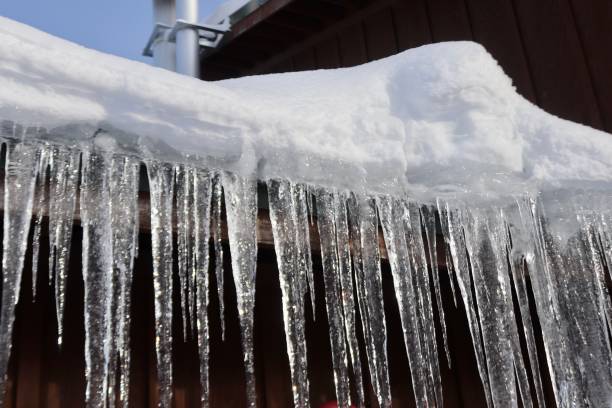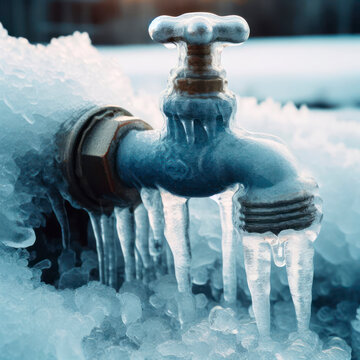Protecting Pipes from Freezing: Best Methods
Protecting Pipes from Freezing: Best Methods
Blog Article
How do you really feel with regards to How To Avoid Freezing Pipes?

Winter can wreak havoc on your plumbing, particularly by freezing pipes. Here's exactly how to stop it from happening and what to do if it does.
Intro
As temperature levels decline, the risk of icy pipelines rises, potentially causing expensive repairs and water damages. Comprehending how to prevent icy pipes is critical for homeowners in cold climates.
Comprehending Icy Pipes
What causes pipes to freeze?
Pipelines freeze when exposed to temperatures below 32 ° F (0 ° C) for expanded periods. As water inside the pipes freezes, it expands, putting pressure on the pipe walls and potentially causing them to burst.
Threats and problems
Frozen pipes can cause supply of water interruptions, home damages, and costly repair services. Burst pipelines can flooding homes and trigger extensive architectural damages.
Indications of Frozen Pipes
Recognizing frozen pipelines early can prevent them from bursting.
Just how to recognize frozen pipes
Search for lowered water flow from taps, unusual smells or sounds from pipelines, and visible frost on subjected pipelines.
Avoidance Tips
Insulating susceptible pipelines
Cover pipes in insulation sleeves or utilize warmth tape to safeguard them from freezing temperature levels. Focus on pipes in unheated or external locations of the home.
Heating strategies
Maintain interior areas sufficiently heated, particularly areas with pipes. Open cabinet doors to enable warm air to circulate around pipelines under sinks.
Protecting Outside Plumbing
Yard hoses and exterior faucets
Separate and drain pipes yard hose pipes prior to winter season. Install frost-proof faucets or cover outside faucets with insulated caps.
What to Do If Your Pipes Freeze
Immediate activities to take
If you believe frozen pipelines, maintain taps available to ease pressure as the ice melts. Utilize a hairdryer or towels taken in warm water to thaw pipelines gradually.
Long-Term Solutions
Architectural changes
Consider rerouting pipelines far from exterior wall surfaces or unheated locations. Include extra insulation to attic rooms, basements, and crawl spaces.
Upgrading insulation
Buy high-quality insulation for pipelines, attics, and walls. Correct insulation aids maintain constant temperatures and minimizes the risk of frozen pipelines.
Verdict
Stopping icy pipelines needs proactive procedures and quick feedbacks. By comprehending the causes, indicators, and preventive measures, property owners can protect their pipes during winter.
5 Ways to Prevent Frozen Pipes
Drain Outdoor Faucets and Disconnect Hoses
First, close the shut-off valve that controls the flow of water in the pipe to your outdoor faucet. Then, head outside to disconnect and drain your hose and open the outdoor faucet to allow the water to completely drain out of the line. Turn off the faucet when done. Finally, head back to the shut-off valve and drain the remaining water inside the pipe into a bucket or container. Additionally, if you have a home irrigation system, you should consider hiring an expert to clear the system of water each year.
Insulate Pipes
One of the best and most cost-effective methods for preventing frozen water pipes is to wrap your pipes with insulation. This is especially important for areas in your home that aren’t exposed to heat, such as an attic. We suggest using foam sleeves, which can typically be found at your local hardware store.
Keep Heat Running at 65
Your pipes are located inside your walls, and the temperature there is much colder than the rest of the house. To prevent your pipes from freezing, The Insurance Information Institute suggests that you keep your home heated to at least 65 degrees, even when traveling. You may want to invest in smart devices that can keep an eye on the temperature in your home while you’re away.
Leave Water Dripping
Moving water — even a small trickle — can prevent ice from forming inside your pipes. When freezing temps are imminent, start a drip of water from all faucets that serve exposed pipes. Leaving a few faucets running will also help relieve pressure inside the pipes and help prevent a rupture if the water inside freezes.
Open Cupboard Doors
Warm your kitchen and bathroom pipes by opening cupboards and vanities. You should also leave your interior doors ajar to help warm air circulate evenly throughout your home.

I am just very interested by 6 Ways to Prevent Frozen Pipes and I'm hoping you liked our page. Do you know about anybody else who is very much interested in How to prepare your home plumbing for winter weather? Do not hesitate to share it. Many thanks for being here. Please visit our site back soon.
Book Now Report this page